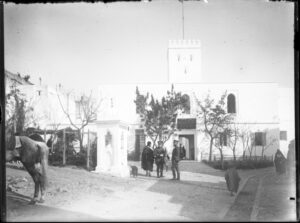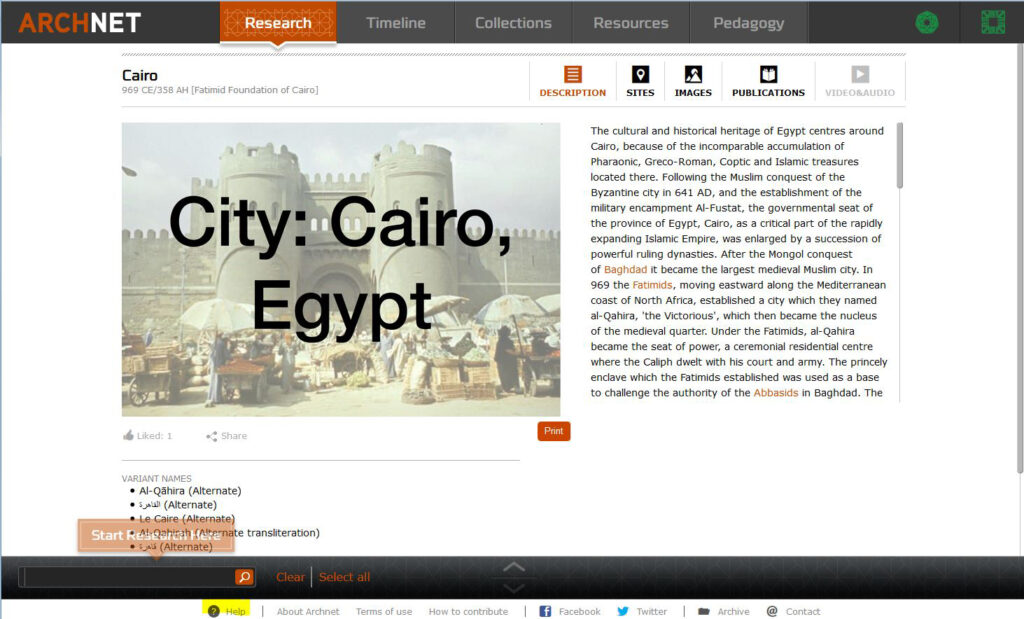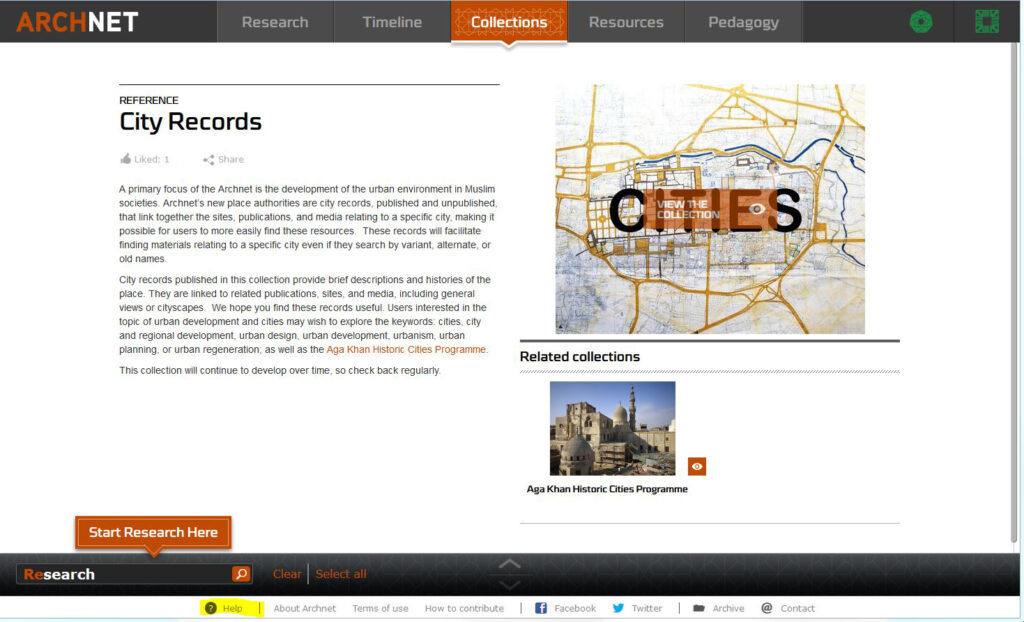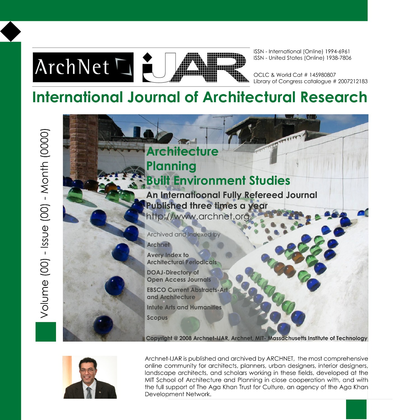An exhibit at Rotch Library features never-before-exhibited photographs of the early 20th–century International Zone of Tangier, Morocco. For centuries European powers battled one another and Moroccan forces for control of the city of Tangier, due to its strategic location on the Straits of Gibraltar, the point where the Mediterranean Sea meets the Atlantic Ocean. In 1924 an agreement made the city a demilitarized “International Zone” administered by a group of officials from other countries, yet still nominally under Moroccan sovereignty. With the exception of a period of five-year occupation by the Spanish during World War II, some variation of this arrangement remained in place until the city was returned to Moroccan sovereignty in 1956.
An exhibition at Rotch Library, curated by Michael A. Toler, PhD, highlights this period with prints made from the glass negatives collection of the Tangier American Legation Institute for Moroccan Studies (TALIM) in Morocco. The photographs date from roughly 1900 to 1930, a period during which the city of Tangier underwent a transformation that has been unrivaled until the growth of recent decades. Not only is Tangier now seeing a radical transformation due to new construction and infrastructure improvements, but there is also a growing emphasis on historic preservation of the built environment. The exhibition juxtaposes the older black and white images against more recent photographs appearing on the image labels.
The exhibition is hosted by the Aga Khan Documentation Center at MIT (AKDC@MIT) and organized in collaboration with the Program in Middle Eastern Studies of Wellesley College. It highlights a collaboration between AKDC, Wellesley’s Middle Eastern Studies Program, and Wellesley’s Office of Career Education to assist TALIM in the preservation of TALIM’s glass negatives collection. In the summers between 2013 and 2016, interns from Wellesley College went to Tangier and scanned all 2,000 negatives in TALIM’s collection, creating high resolution surrogates so the originals could be placed in cold storage. A catalog of the collection has been made available on Archnet.
AKDC@MIT and Wellesley College’s Middle Eastern Studies Program will host a joint reception for “International Tangier” on November 17 at 7:30pm.
An online version of the exhibitions will appear on Archnet soon after the reception.



